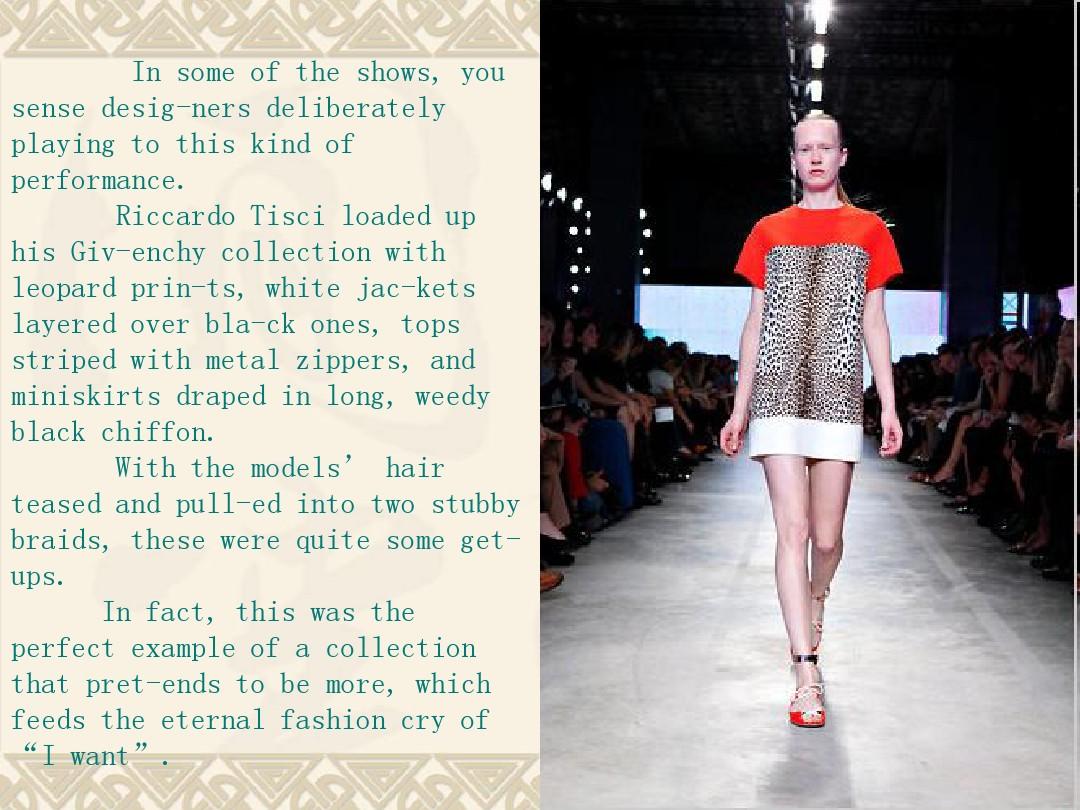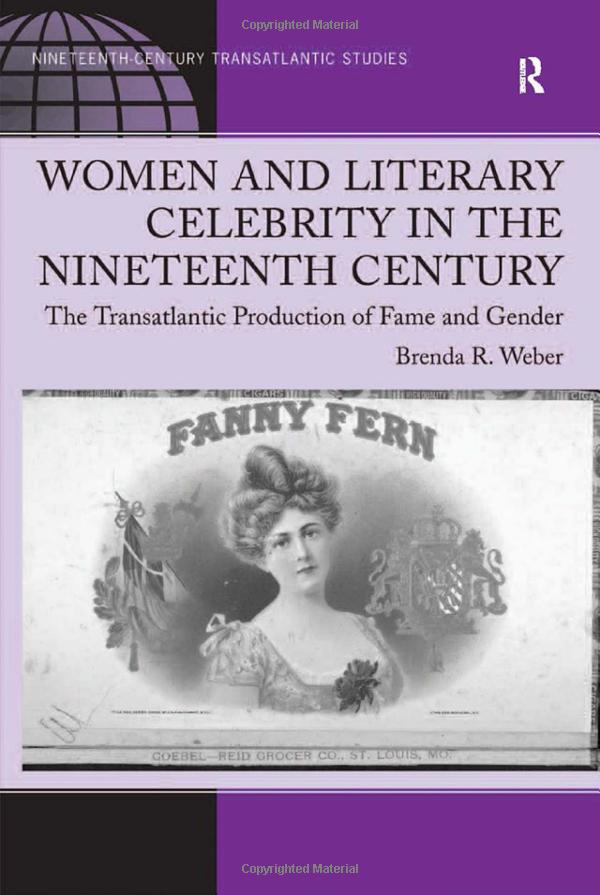Title: The Inextricable Link between Fashion and Gender: A Study on the Gendered Archetypes of Womens Clothing
The relationship between fashion and gender is a fascinating and complex one, with clothing being a central aspect of this interplay. This study explores the gendered archetypes of women's clothing, revealing how they are inextricably linked to broader societal norms and expectations around gender. By examining the ways in which clothing is designed, marketed, and consumed, this research sheds light on the ways in which fashion shapes our understanding of what it means to be female or male. The results highlight the importance of considering the social and cultural contexts in which clothing is produced and consumed, as well as the ways in which individuals navigate and challenge these norms in their own lives. Ultimately, this study contributes to a deeper understanding of the complex relationship between fashion, gender, and society as a whole.
The study of gender and fashion is a complex and multifaceted field that has fascinated scholars, designers, and consumers alike. At the heart of this research lies the question of how our understanding of gender shapes our perceptions of fashion, and vice versa. One key aspect of this relationship is the role that archetypes play in the construction of gender identity and dress behavior. In this article, we will delve into the concept of "women's clothing archetypes" - those recurring patterns, styles, and symbols that have been used to define feminine dress since time immemorial.
At its core, the idea of an "archetype" refers to a universal, timeless pattern or model that recurs in various cultural expressions. In the realm of fashion, these archetypes are often associated with specific gender roles - for example, the "feminine" archetype is typically characterized by soft lines, delicate fabrics, and modest colors. However, as our understanding of gender has become more fluid and diverse, these traditional stereotypes have come under increasing scrutiny. Some argue that the very notion of an "ideal" feminine appearance is rooted in deeply ingrained societal norms and expectations, and that it reinforces harmful gender hierarchies. Others maintain that archetypes can be empowering tools for women who seek to express their individuality and challenge traditional gender norms.
One way to explore the relationship between fashion archetypes and gender is to examine historical examples. For instance, the "hourglass figure" - a symbol that has long been associated with female beauty and allure - first emerged during the Renaissance period in Europe. This idealized representation of female form was reinforced by art, literature, and advertising, and became a dominant cultural norm well into the 20th century. However, as women gained more rights and autonomy in society, many began to reject this image as unrealistic and oppressive. In recent years, there has been a renewed interest in body positivity and self-expression, which has led to a resurgence of alternative forms of beauty standards and fashion trends.

Another area where gender archetypes are particularly relevant is in the world of high fashion. Traditionally, the fashion industry has been dominated by male designers and models, who have shaped the public's perception of what constitutes "feminine" style. However, in recent years, there has been a growing movement towards gender equality in the fashion industry, with many top designers embracing non-binary models and creating collections that blur traditional gender lines. For example, Chanel recently featured a number of openly transgender models in their advertising campaign, while other brands like Prada and Louis Vuitton have experimented with inclusive designs that appeal to both men and women.
Of course, not all fashion archetypes are created equal. Some have been more successful at promoting gender diversity and challenging traditional norms than others. For example, the "power suit" - a classic archetype associated with professionalism and assertiveness - has been embraced by both men and women in recent years as a symbol of female empowerment. Similarly, the "mom tumblr" movement has popularized a variety of comfortable yet stylish outfits that reflect the unique challenges faced by working mothers. These examples illustrate how fashion archetypes can be both limiting and liberating depending on how they are interpreted and applied.

In conclusion, the concept of women's clothing archetypes is an important area of study for anyone interested in understanding the complex interplay between fashion, gender, and culture. While traditional stereotypes may still hold some power in certain contexts, it is clear that new forms of expression are emerging as society becomes more diverse and inclusive. As we move forward, it will be fascinating to see how gender archetypes continue to evolve and adapt to changing social norms and values.
Articles related to the knowledge points of this article:
Title: Unraveling the Art of Tie Tying: A Comprehensive Guide to Tie Knots
Title: Understanding the Distinctions Between a Tie and a Necktie
Title: The Art of Pairing a Pink Shirt with a Tie: A Guide to Elevate Your Style
Title: Mastering the Art of Tie-in with Summer Scarves: A Guide to Various Ways to Tie Your Scarf



